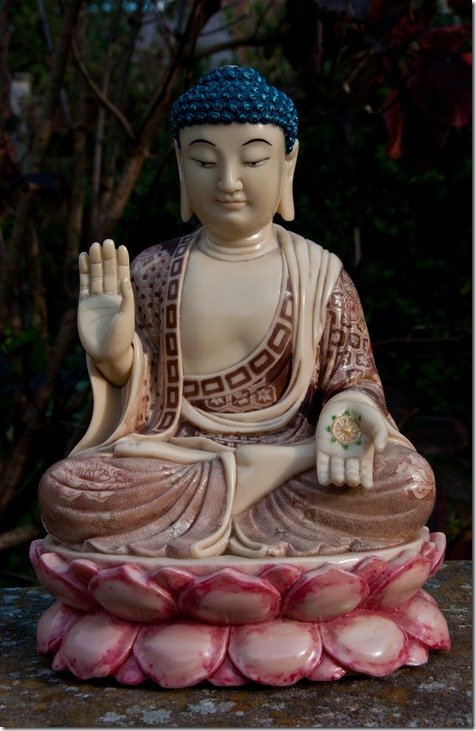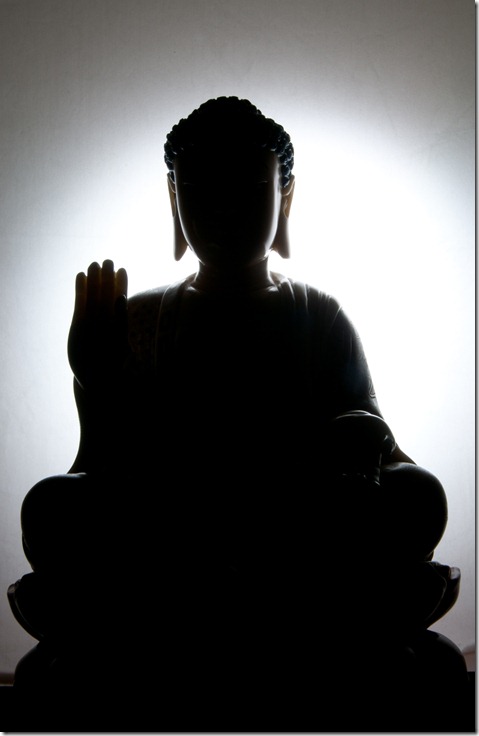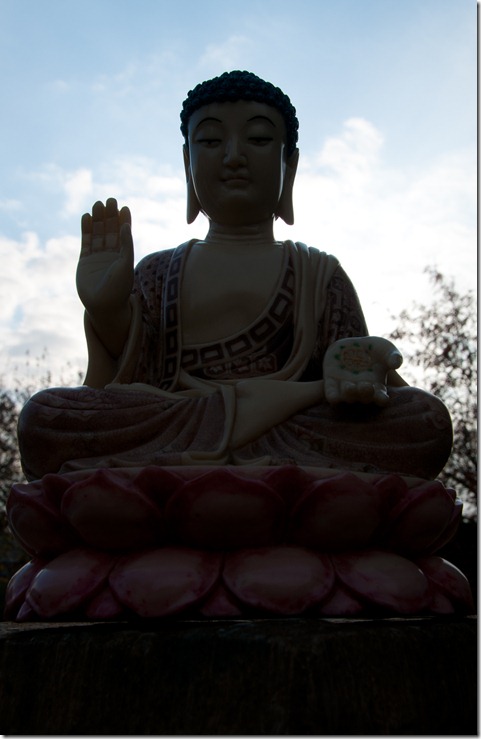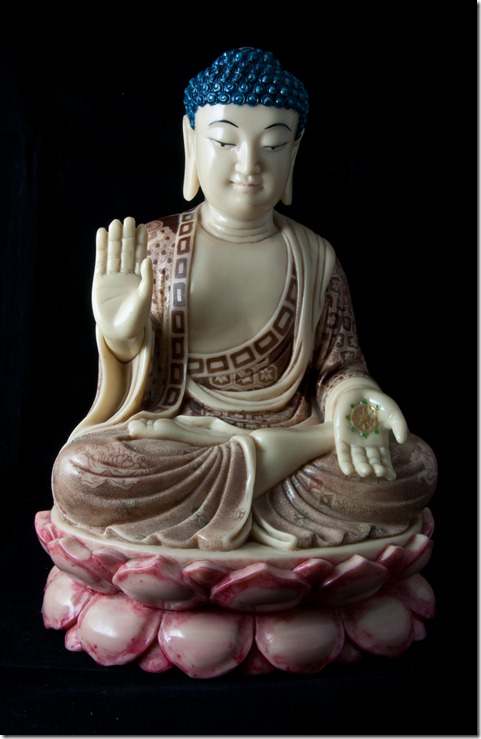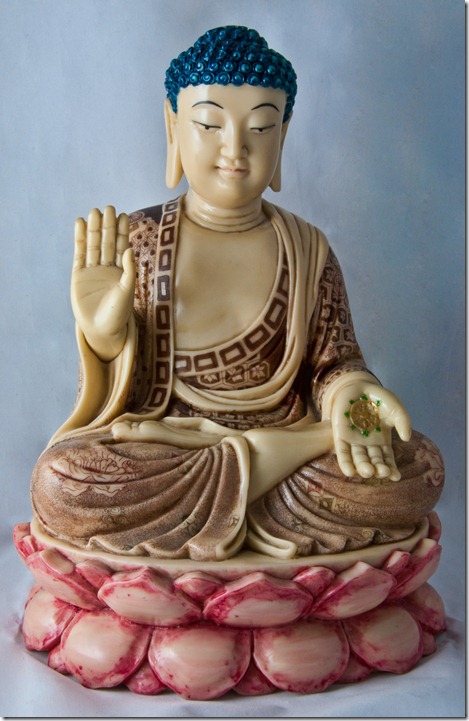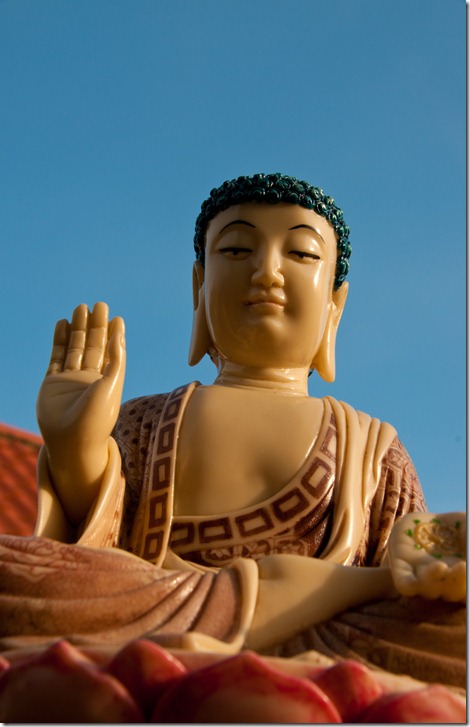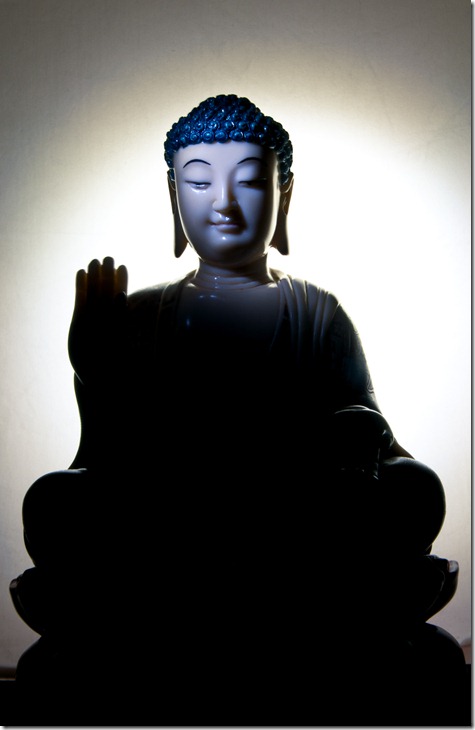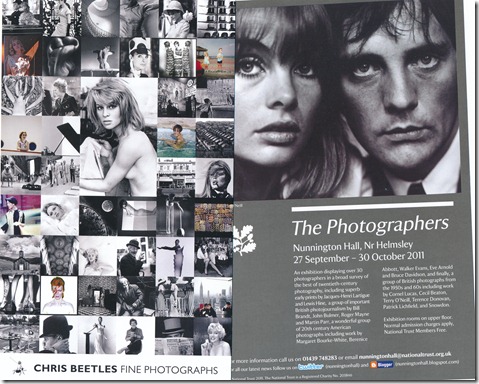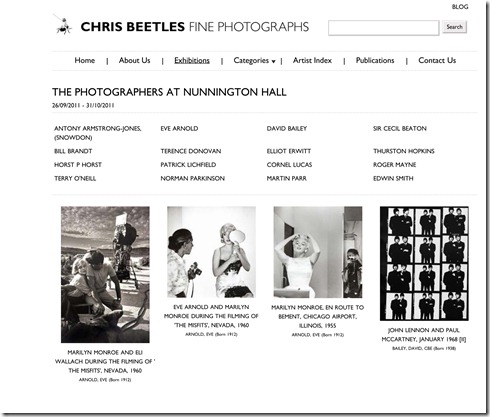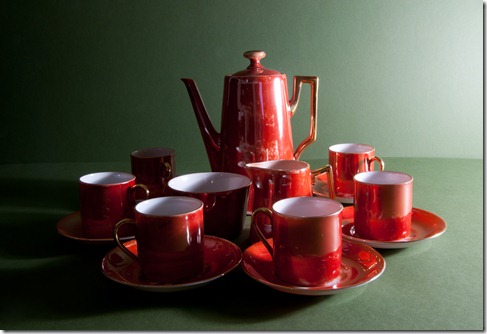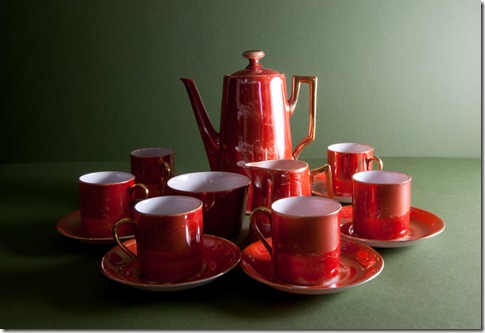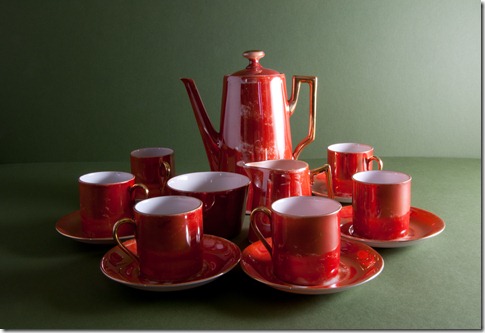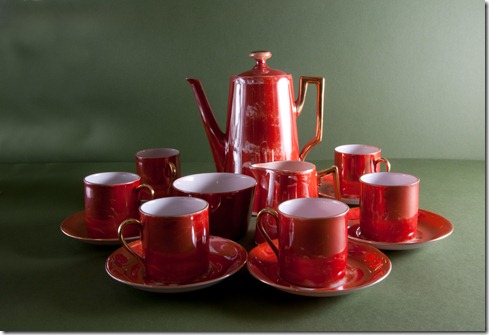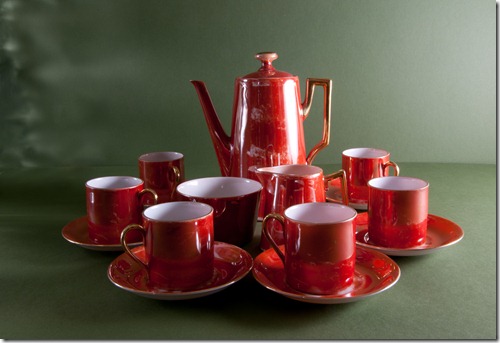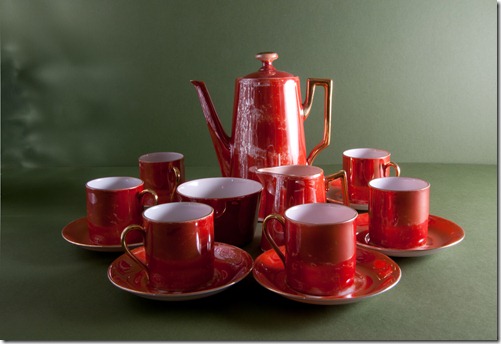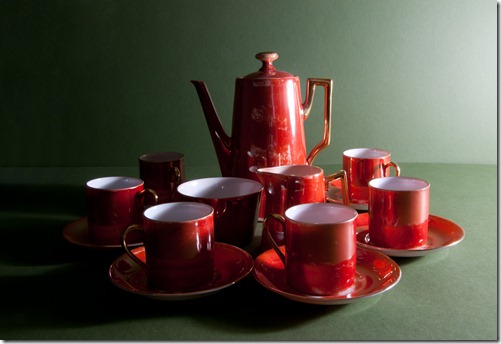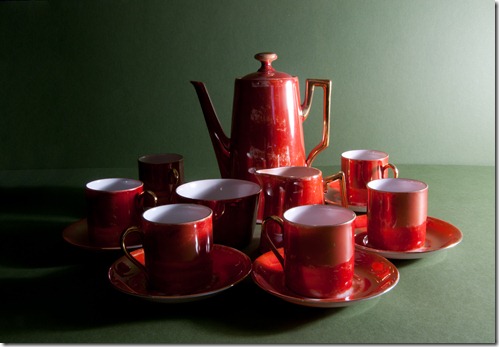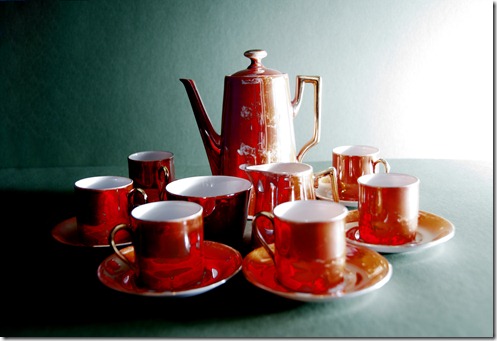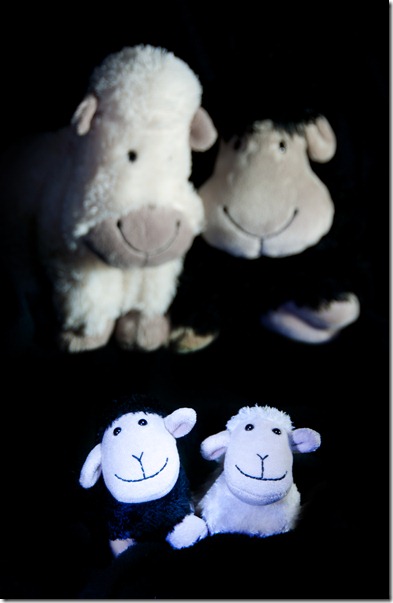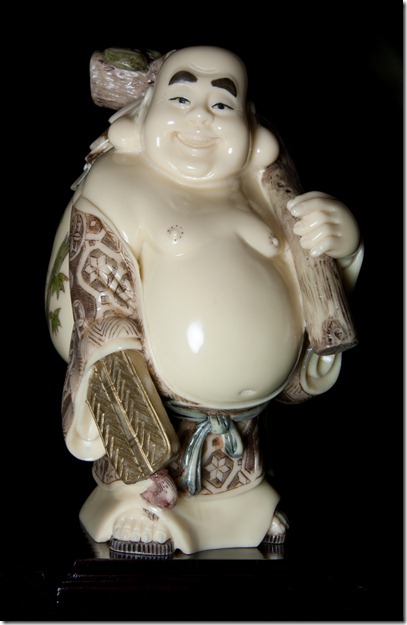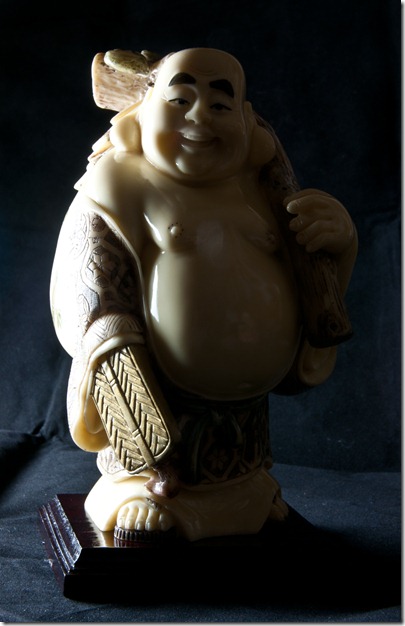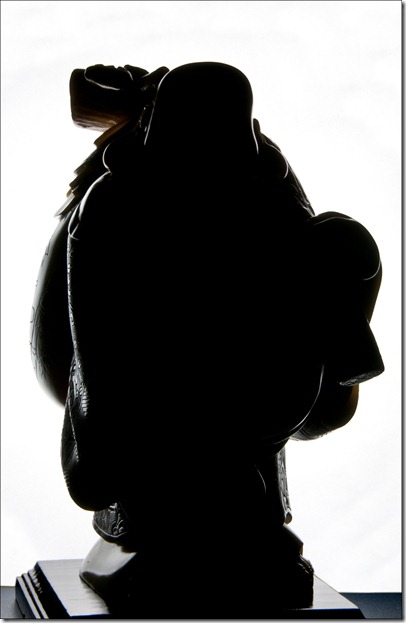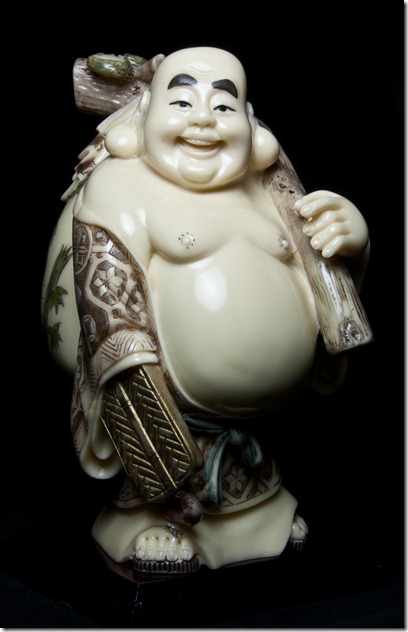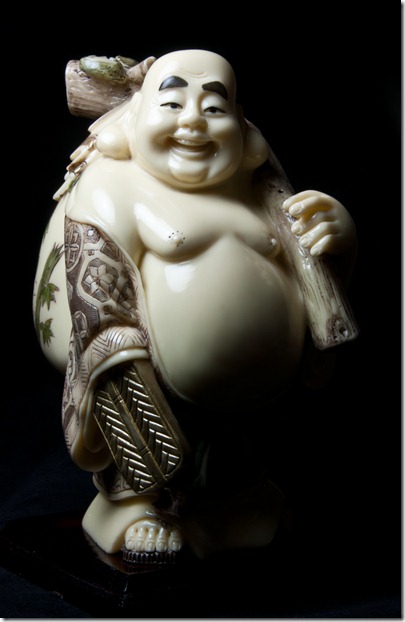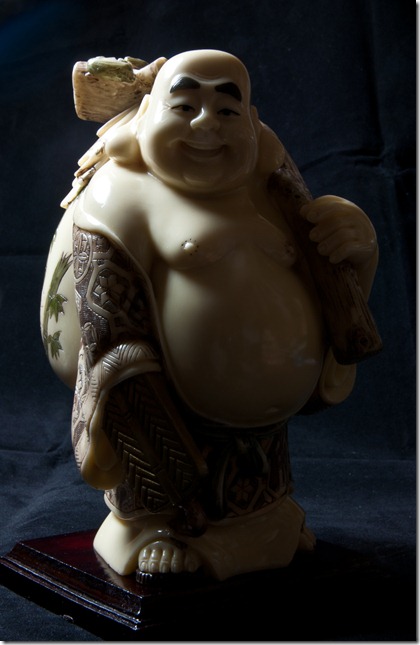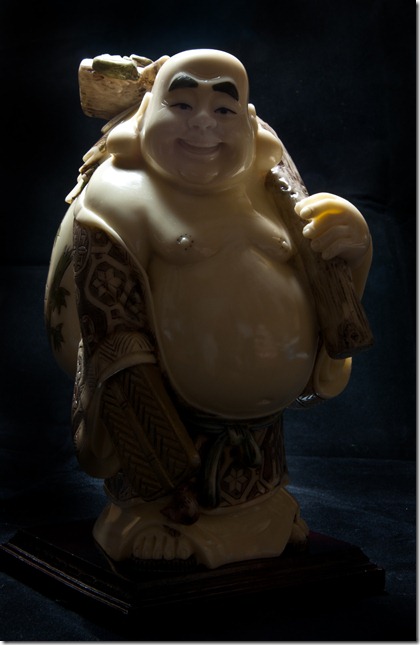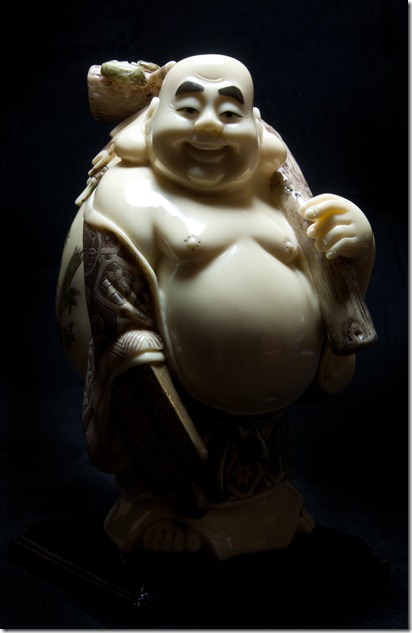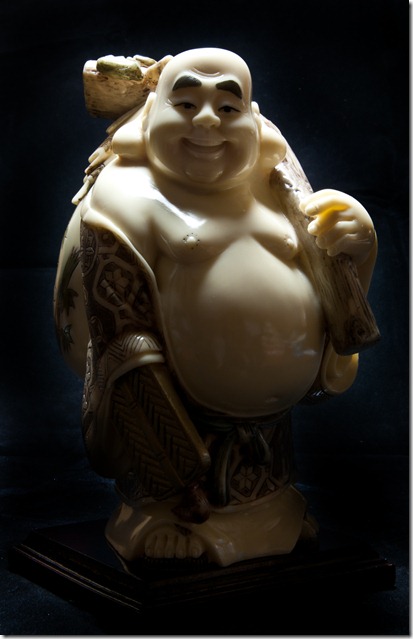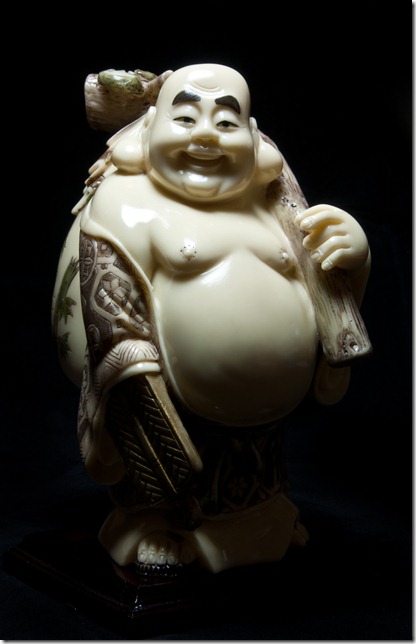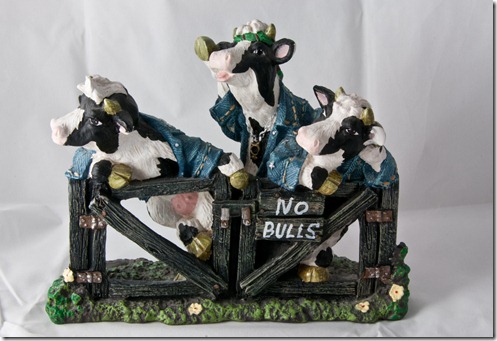The first set of night images were taken in Durham on a Saturday evening while returning home – not recommended if you’re worried about gangs of youths and lots of drunks. To make things easier it had turned very wet, which I tried to turn to my advantage.

Durham Cathedral from the embankment
Taken from the far side of the river in almost total darkness, this image was taken at ISO 100, f/14 with 30 sec exposure. The light levels on the cathedral were quite low, so the extended exposure was used to enhance it.

Old Milburngate Bridge
The bridge is lit up by very yellow lights. This was from a vantage point further down the river, again taken at ISO 100, at f/3.8 and 2 sec. I wasn’t concerned with the depth of field as I was a good distance from the bridge anyway. The yellow light has been toned down, using selective colours in Photoshop.
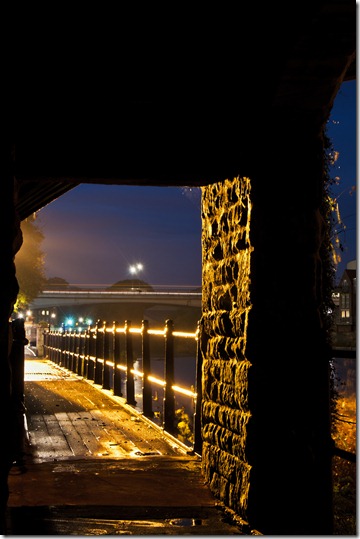
Underneath the Arches
Another view of Old Milburngate Bridge – this time taken towards the floodlights from the dark side of the bridge. ISO 100, f/13 and 30 sec exposure. I wanted to capture the line from the handrails and detail in the stone, from the dark side of the bridge. This was my last image from this area – it wasn’t pleasant and was getting worse.

‘Monsoon’
The weather was not the best for being out, but the reflections on the wet pavement made this image. Maybe I should have used it in the ‘weather’ section. Still. It enhanced the shop lighting and that’s what this section is about. It was taken at ISO 500 to allow a quick, hand held shot at f/3.8, 1/40 sec.
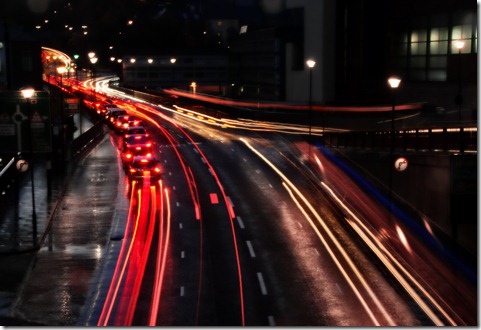
Car Lights
The wet weather also helped this image, making the lights reflect on the road. This was taken at ISO 100, f/29 for 10 sec, using the long exposure to capture the light trails. There is some smearing on the lens, due to rain, but I think this helps the overall impression of movement and wet. By now we were cold and wet and hungry – we’d had enough of Durham on a Saturday night, even if the images were what we came for – now it’s time to head home!
So back to Whitby for the next series of images. We start on the old side of town, heading along Church Street towards the Abbey.

Justin Chocolatier
In Whitby, it’s Goth Week again. The shop windows are dressed to suit, with products made to go with them – anyone for a Dracula’s Coffin? ISO 200, f/20, 6 sec.
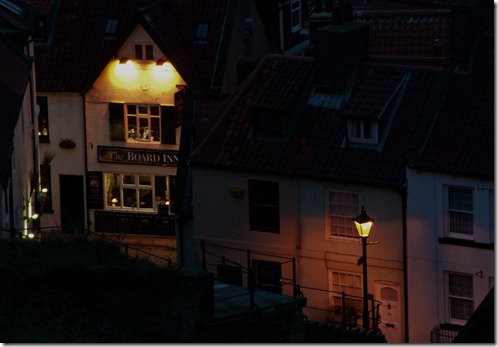
Abbey Steps
Looking back down to Church Street part way up the steps, the yellow lights create an implied line which leads the viewer to the inn. f/32, 15 sec. The dark blur below the lamp isn’t a ghost – two goths were passing on their way down the steps.
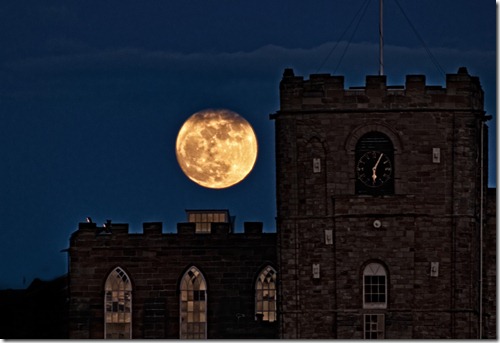
Full Moon over St Mary’s
At the top of the steps we see the moon rising over the church. Some light is still present from the last of the sunset which lights the church and windows. f/6.3, 1/20 sec using 500 mm lens from the other side of the harbour.
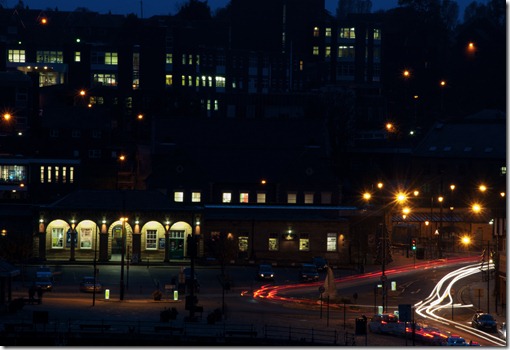
Railway Station
From the Abbey plain there is a good view of the West side of town. This image takes in the Dock End car park and railway station, the library, police station and hospital – not a view that’s commonly taken. I used f/32 at 25 sec to capture the lines of headlights and tail lights around the roundabout.
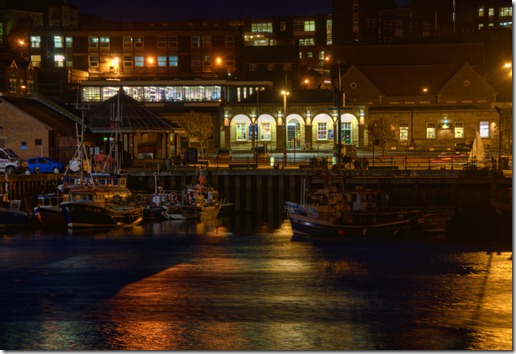
Dock End
Back down the hill for this view of moored fishing boats. The long exposure makes the water look to be flowing much faster than it is. The overall yellow cast is quite pleasing – it makes the scene seem much warmer than it felt. As in the previous image, the lighting in the buildings defines them better than the daylight images. We can now discern the railway station, library, police station and hospital where they tend to merge together during the day.
ISO 200, f/5.3, 2 sec.
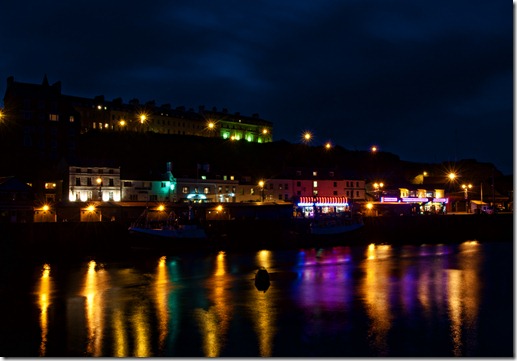
Pier Road
Still on the East side of the harbour, reflections of the lights of the amusement arcades, pubs and restaurants colour this image. The long exposure has caused the water to ‘blur’, but I like the effect for this shot.
ISO 200, f/22, 20 sec.

The Ship
I wanted to try and show the motion in the water, by using a faster a faster shutter speed, so I used ISO 640 for this image with settings of f/4.0, 0.4 sec. Still quite slow, but the water ‘blur’ is much reduced. The view now portrays a warm summer evening with drinks ‘Al Fresco’, instead of the reality – a cold November evening with the clients outside for a smoke!
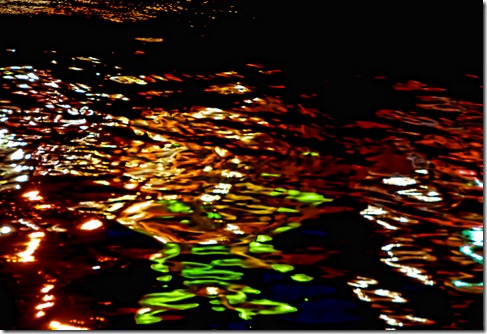
Reflections
In a further attempt to reduce the water movement (I sound like Canute!) the ISO was increased to 6400 for this shot, resulting in a shutter speed of 1/15 sec at f/4.0. Still not good and the depth of field is quite short at this aperture. The original was very noisy, particularly in the dark areas – this was cleaned up using Topaz De-noise 5 plugin for Photoshop.
The vibrancy of these reflections is something that is rarely attained in daylight.
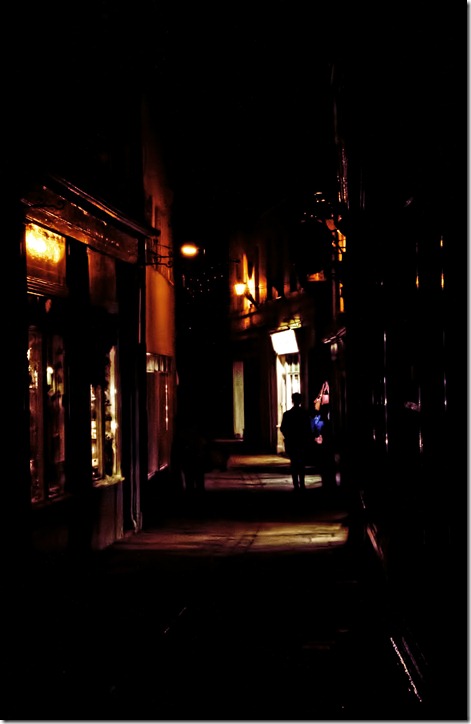
Closing Time
Moving back towards the bridge we pass shops as they start shutting up for the night. This lone figure in the poorly lit street tells a real story. Again, using ISO 6400 at f/22 a shutter speed of 1/30 sec enabled this hand held shot. Topaz De-noise 5 was again used to clean up a very noisy original.
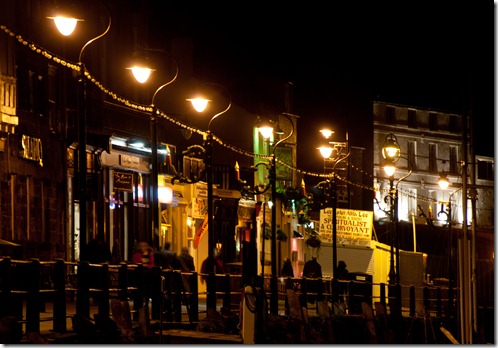
Marine Parade
Back to the West side for this image and back to ISO 200. I wanted to use the recessing lights and the handrail for their lead lines and the diminishing buildings to create depth. f/5.6, 0.5 sec. Taken at a fairly long telephoto zoom, I wasn’t worried about sharp detail throughout. The lens has compressed the distance to a degree, but the lead lines have compensated this.
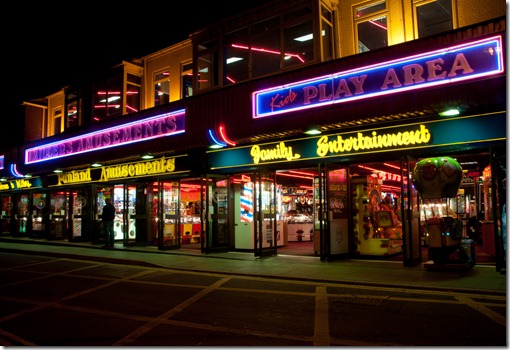
Arcades
These lights look so inviting. Again, the lead lines create depth – this time due to using a wide angled lens. The strength of the lights in the dark conditions really make them stand out.
ISO 200, f/20, 2 sec.
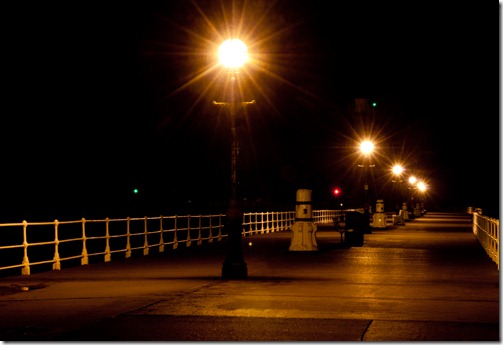
West Pier
The warm cast produced by the lights belie the reality that there’s a cold wind blowing off the sea (hence the lack of promenading). Recessing lights, handrails and Daleks lead the eye into the darkness. I like the starring effect of the street lights.
ISO 200, f/20, 30 sec.

Whitby Abbey
Taken from the West Cliff, the lighting of the Abbey, is contrasted by the yellow glow from those on the steps and graveyard. The 199 steps give a leading line from the town to the Abbey while the interest in the town buildings is maintained by the street lighting. A higher ISO was needed, as the lighting was really quite dim.
ISO 500, f/32, 20 sec.
The following two images were taken in the central mall of the Metro Centre. I used my Nikon P5100 compact camera for these, as it’s less conspicuous and I didn’t want to delete the images as I’d had to in Sunderland Bridges shopping centre – if you’re a photographer stay clear of there, because you’re not welcome. It seems that the Metro Centre is much more tolerant!
The camera ISO was set to Auto in programmable mode and was hand held.
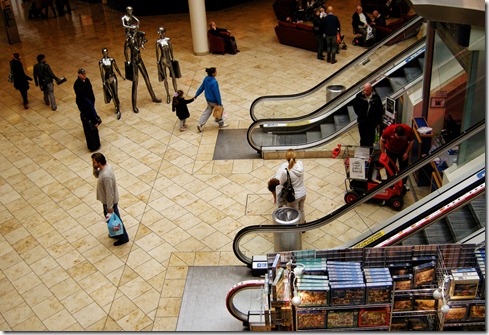
Stainless Shoppers
There’s a mix of fluorescent and tungsten lighting in use, but they’ve created an overall warm light. ISO 367, f/2.7, 1/60 sec
These shiny figures are stationed all around the complex as part of the Xmas decorations. I think they’re excellent.

Xmas Decorations
The decorations are quite a spectacle. The very white lights of the decorations stand out against the warm lights of the mall and shops.
ISO 342, f/2.7, 1/60 sec
I’ve really enjoyed this exercise. It’s been a difficult job deciding which images to use and quite a lot of post capture work, but I’ve been impressed by the results. It’s put a whole new slant on some of my landscapes and the lighting is so vibrant.
